Every time you download a nifty new app, you’re benefiting from years of costly research and development (R&D) — that is, the data-gathering, designing, testing, troubleshooting, refining, and upgrading — that goes into making a safe, functional, marketable software application. A change to the U.S. tax code in 2017, however, upended app developers’ ability to deduct R&D expenses from their taxes. Fortunately, Congress rectified this error by reinstating R&D tax deductions in the just-passed reconciliation bill.
For nearly 70 years, the U.S. tax system, seeking to support innovation, allowed businesses to treat R&D costs as tax-deductible expenses incurred in a given tax year. This significantly reduced businesses’ taxable income and particularly benefited innovators and startups struggling with significant expenses and tight margins.
In 2017, however, the Tax Cuts and Jobs Act (TCJA) dramatically altered section 174 of the U.S. tax code, upending the longstanding R&D expensing policy. Rather than treating R&D costs as deductible expenses, TCJA required businesses, starting in 2022, to capitalize and amortize the expenses over five years — that is, to treat them as assets and write off their value over the course of five years.
Section 174 covers virtually all expenses associated with R&D, including:
- Wages for employees performing R&D
- Costs of supplies and materials used in research
- Certain overhead costs (e.g., rent, utilities, insurance, employee benefits) directly tied to R&D projects
- Patent-related and legal expenses
- Prototype development costs
Those expenses are fundamental to the innovation process. If innovative businesses can’t deduct them from their taxable income, they may be left with impossibly high tax burdens. For instance: Suppose you run a startup generating $1 million in revenue while spending $600,000 on R&D. Under the current system just passed by Congress, your business’s taxable income would be $400,000. But under the old system, your business’s taxable income would mushroom to $875,000! That’s a gut-punch for small businesses and startups.
R&D — which typically consumes 20 to 40 percent of software companies’ revenue — spurs technological advancement, keeps the U.S. at the forefront of such advancement, and strengthens the U.S. economy. For every $1 billion spent on R&D, 17,000 new jobs are created. An increased tax burden, then, not only means fewer viable startups, but also less innovation, fewer jobs, and a weaker U.S. tech sector. And in today’s increasingly competitive world — and as China’s tech capabilities surge — the U.S. should be doing everything it can to boost innovation, not stifle it.
At the Developers Alliance, we engaged with key policymakers and small developers to ensure Congress took the appropriate measures to reinstate R&D tax deductions. It is reassuring that this issue was addressed in the One Big Beautiful Bill Act, and we are excited to see app developers continue innovating and thriving.


